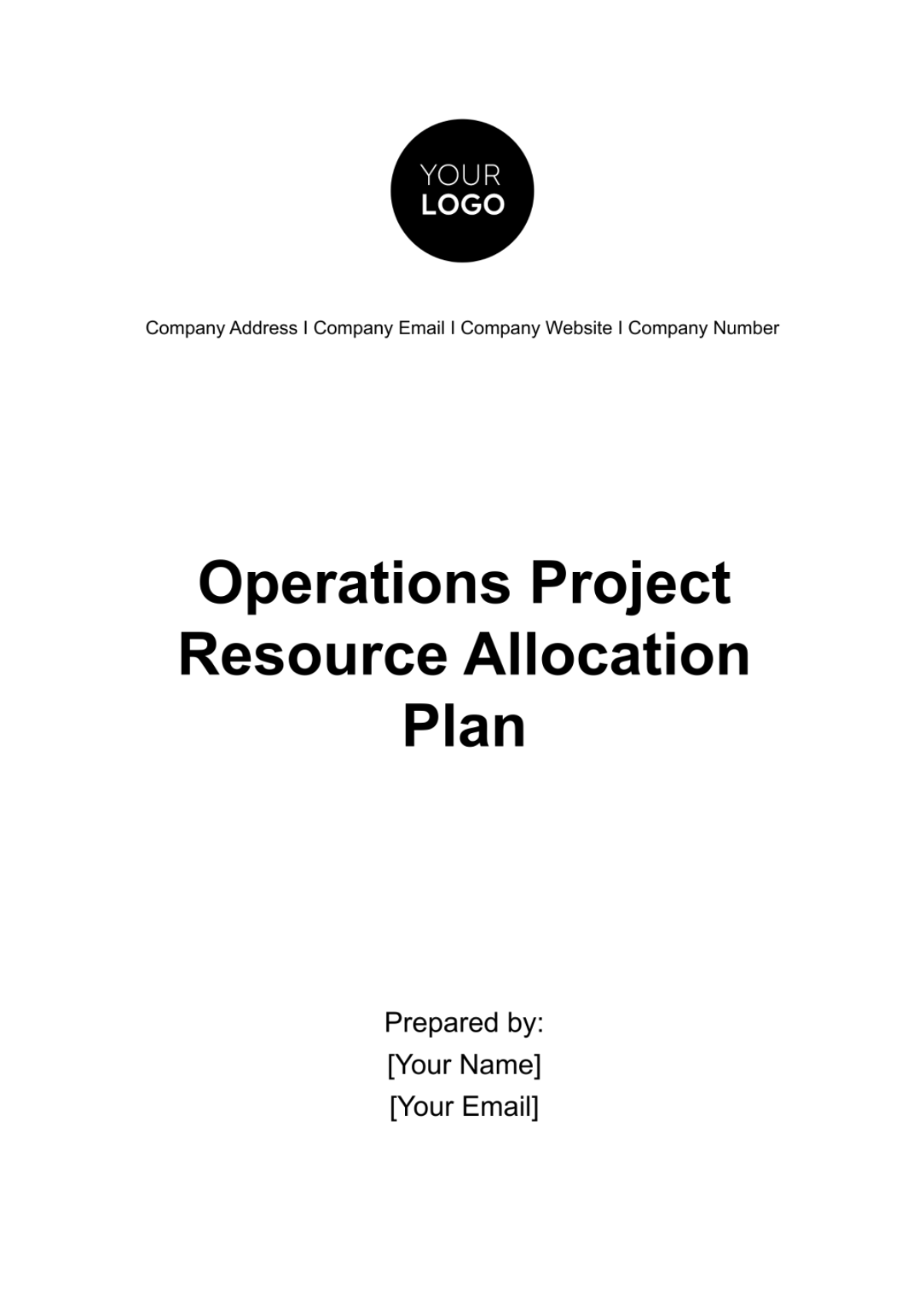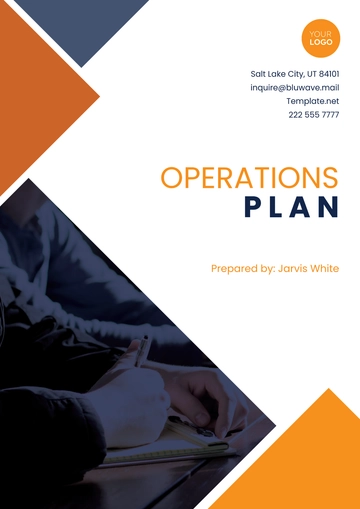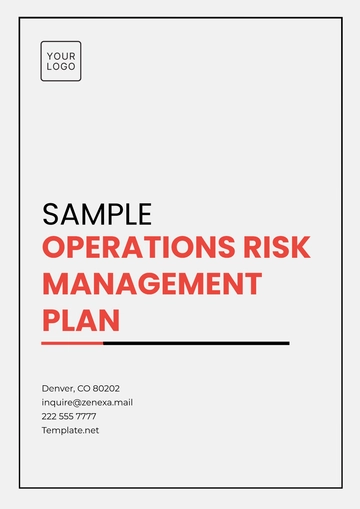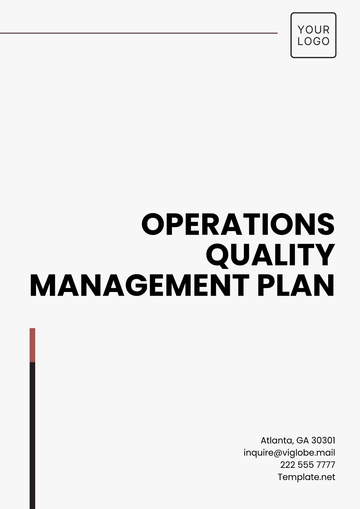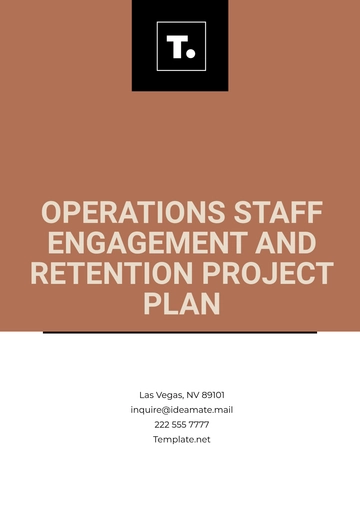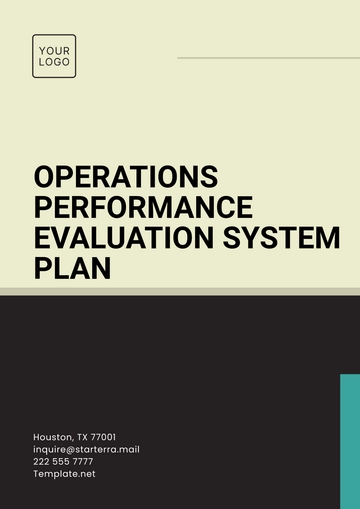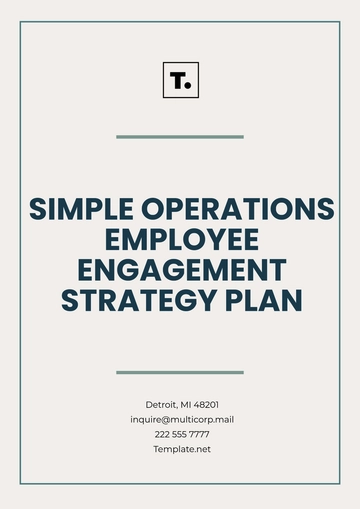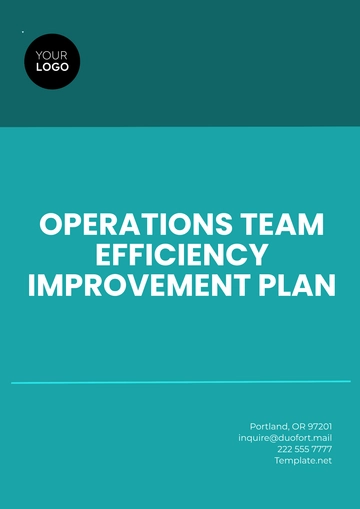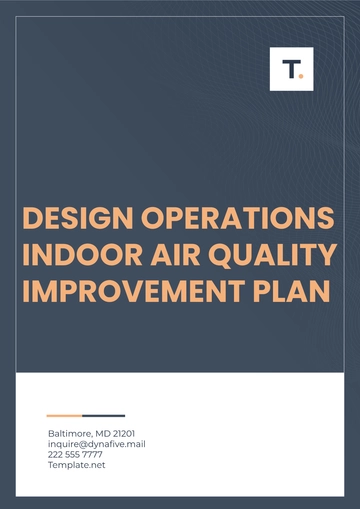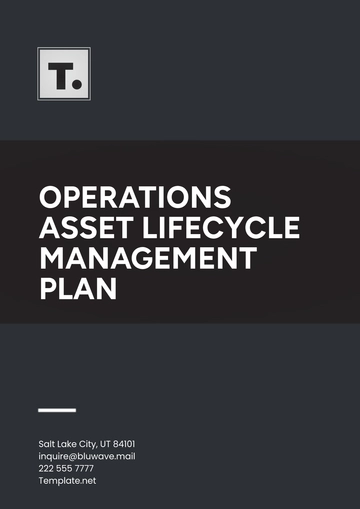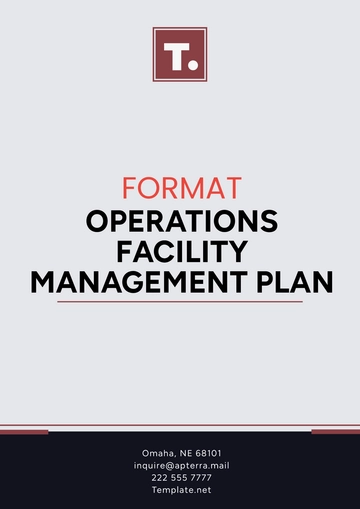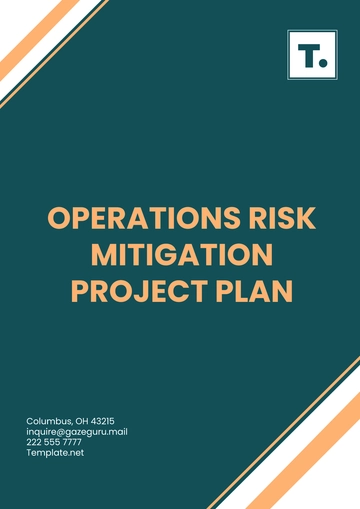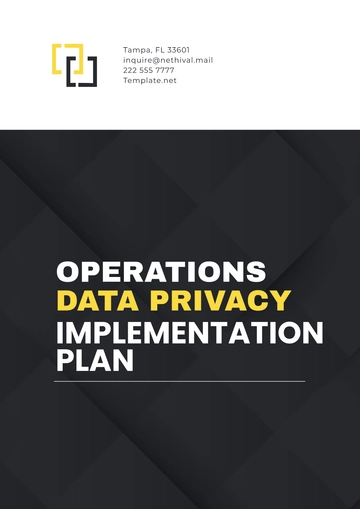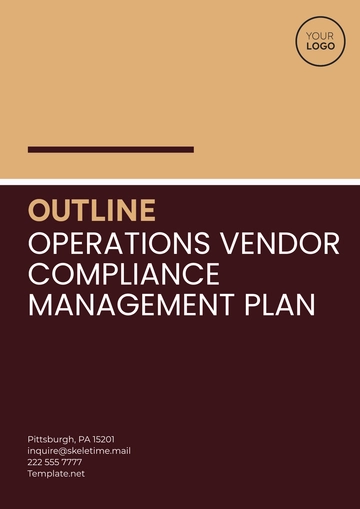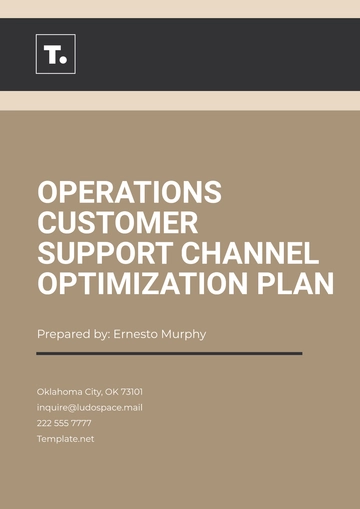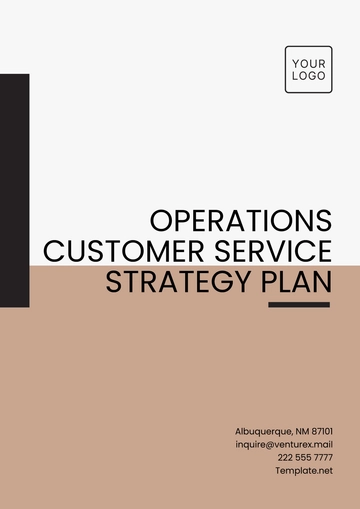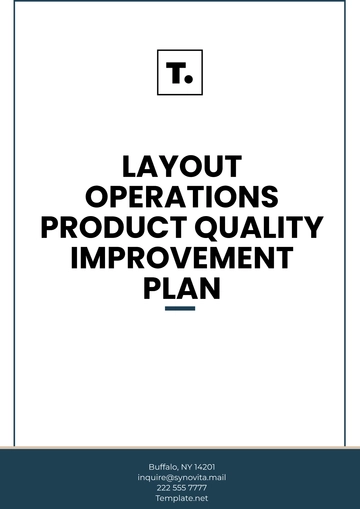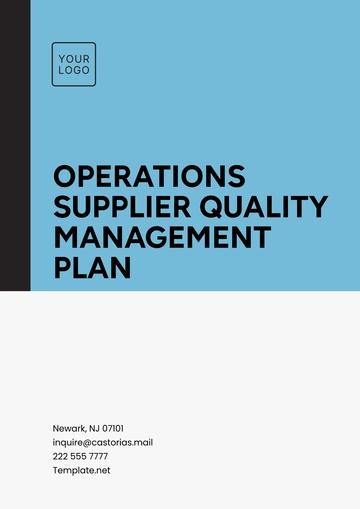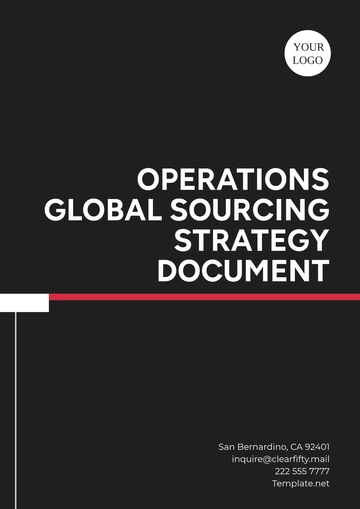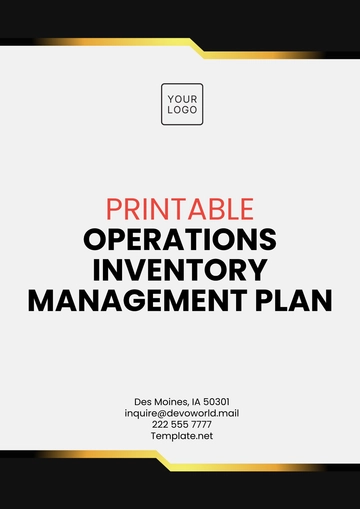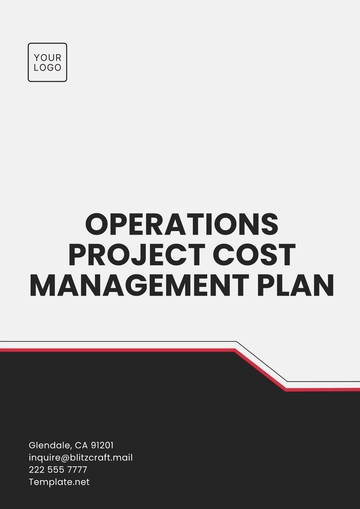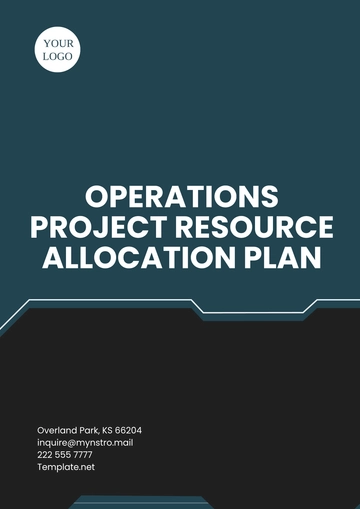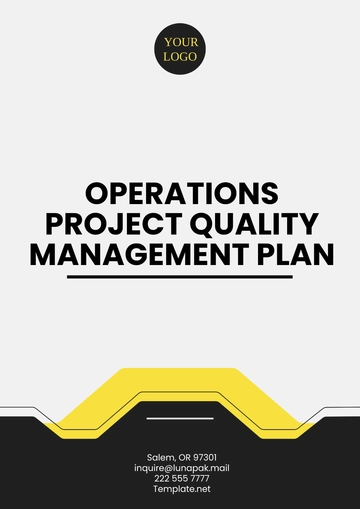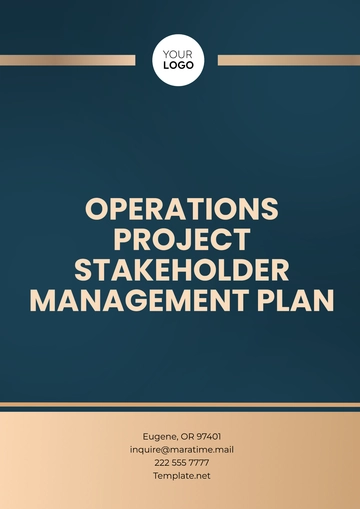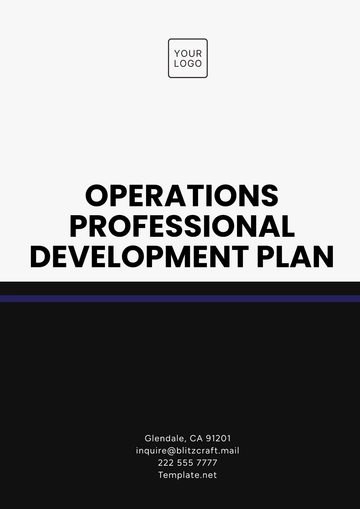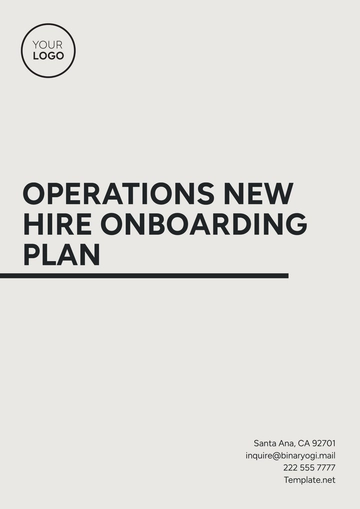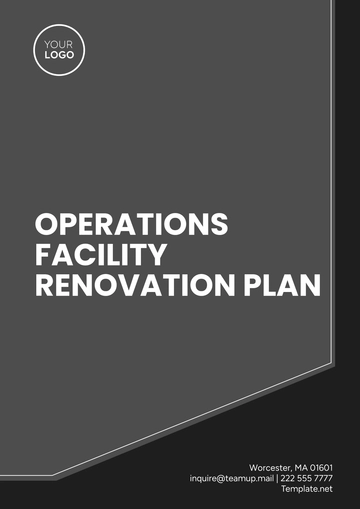Operations Project Resource Allocation Plan
Prepared By: | [Your Name] |
Company: | [Your Company Name] |
Date: | [Date] |
Introduction
The Operations Project Resource Allocation Plan is a strategic document designed to allocate resources efficiently across different tasks within an operations project. It ensures that the necessary resources—human, financial, technological, and material—are available at the right time, in the right quantity, and in the right place to support the successful completion of the project. This plan addresses the allocation and management of resources, detailing how to balance demand and supply while minimizing wastage and maximizing productivity.
Objectives
The key objectives of the Resource Allocation Plan are:
To ensure optimal allocation of resources across project tasks.
To provide a detailed schedule and timeline for resource usage.
To manage resource constraints effectively.
To enable the team to monitor and adjust resource allocation as needed to meet project goals.
To prevent overuse or underuse of resources.
Resource Categories
This plan categorizes resources into four main types:
Human Resources: The people required to execute various tasks within the project, including project managers, team leads, subject matter experts, and support staff.
Financial Resources: The budget allocated for the project, covering all costs, including labor, materials, technology, and overheads.
Technological Resources: Software tools, systems, equipment, and infrastructure needed for the project.
Material Resources: Physical resources, including supplies, machinery, and facilities required for completing the tasks.
Resource Allocation Process
The resource allocation process involves several steps:
Identify Resource Needs
Conduct a comprehensive review of the project tasks and deliverables.
Break down the project into specific activities and identify the resources required for each.
Determine the quantity, quality, and type of resources needed to meet the project objectives.
Estimate Resource Availability
Assess the availability of internal resources such as employees, software, and equipment.
Identify external resources (e.g., contractors or third-party services) and establish the availability and cost of these resources.
Match Resources to Tasks
Allocate human resources based on skill sets, experience, and availability.
Assign technological and material resources to specific project tasks based on requirements and timelines.
Ensure financial resources are available for each task and monitor budget constraints.
Develop a Resource Allocation Schedule
Create a timeline that specifies when each resource will be needed throughout the project.
Outline dependencies between tasks and resource requirements.
Adjust for overlapping tasks or resource shortages by reassigning resources as necessary.
Monitor Resource Usage
Track the consumption of resources in real-time.
Use project management tools to monitor performance and identify any variances from the plan.
Implement adjustments to the resource allocation when deviations occur.
Resource Allocation Matrix
The following matrix provides a detailed allocation of resources for the project.
Task | Human Resources | Technological Resources | Material Resources | Financial Resources |
|---|
Project Planning | Project Manager, Planner | Planning Software | Office Supplies | $5,000 |
Research & Analysis | Analysts, Research Lead | Data Analysis Tools | Research Materials | $8,000 |
Design & Development | Developers, Designers | Design Software, Servers | Development Tools | $12,000 |
Testing & Quality Assurance | QA Specialists, Tester | Testing Tools | Testing Equipment | $6,000 |
Implementation | Project Manager, Support | Deployment Tools | Equipment, Vehicles | $15,000 |
Final Review & Closure | Project Team | Reporting Software | Documentation Materials | $3,000 |
Resource Constraints
Several constraints may impact the allocation of resources:
Availability of Skilled Labor: If the required expertise is not available in-house, external hires or training programs may be necessary.
Budget Limitations: There may be restrictions on how much financial resources can be allocated to each task.
Supply Chain Delays: Delays in the procurement of material or technological resources may affect the timeline and require adjustments in scheduling.
Technological Limitations: The availability of software and hardware resources may limit the pace of development or testing tasks.
Risk Management
To ensure successful resource allocation, a risk management strategy is essential. Potential risks include:
Resource Overallocation: Overburdening key resources can lead to burnout and delays. To mitigate this risk, ensure workloads are balanced and monitored regularly.
Budget Overruns: Budget deviations can be controlled through continuous tracking and adjustments. Ensure that resources are used within allocated limits.
Resource Shortages: In case of shortages, alternative resources should be identified in advance. Flexibility in allocation helps mitigate the impact of such shortages.
Conclusion
The Resource Allocation Plan is a critical element in ensuring the efficient execution of an operations project. By identifying resource needs, estimating availability, and closely monitoring usage, the project can avoid potential disruptions and delays. Regular adjustments and effective risk management ensure that resources are used effectively, supporting the project’s success within the prescribed timeline and budget.
Plan Templates @ Template.net
